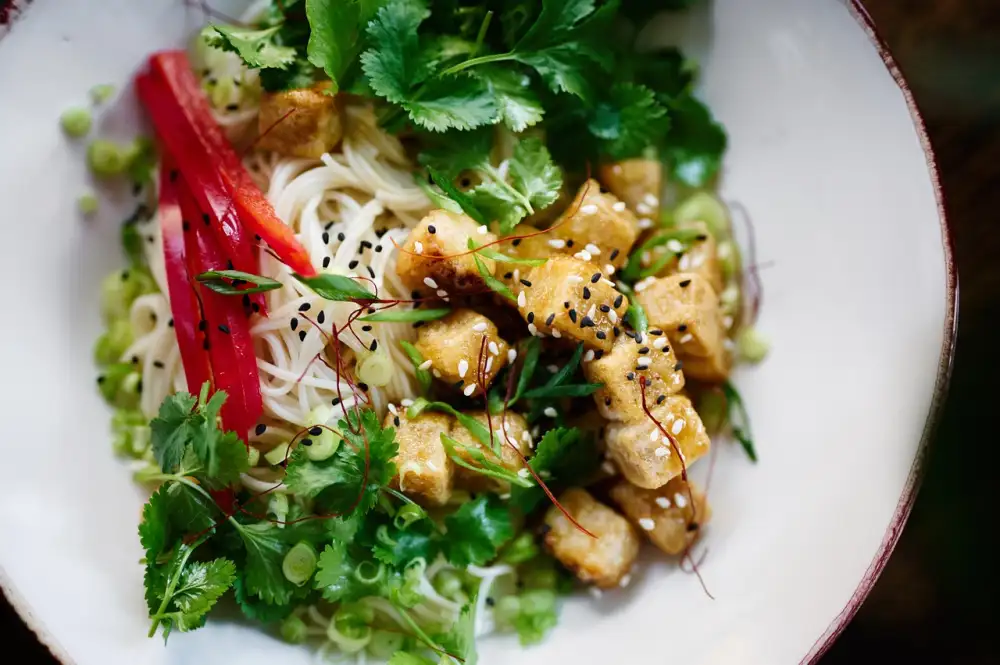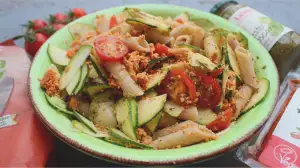Coriander vs. Cilantro: Unveiling the Differences and Similarities in Flavorful Recipes

- Definition: Understanding the terms coriander and cilantro
- Botanical Differences: Exploring the variations between coriander and cilantro plants
- Culinary Usage: Different ways coriander and cilantro are used in cooking
- Flavor Profiles: Describing the distinct tastes of coriander and cilantro
- Regional Preferences: Examining how coriander and cilantro are favored in different cuisines
- Substitutes: Suggesting alternatives for coriander or cilantro in recipes
Coriander and cilantro are two terms often used interchangeably, leading to confusion among food enthusiasts. But are they really the same thing? In this article, we will unravel the mystery behind coriander and cilantro, exploring their definitions, botanical differences, culinary usage, flavor profiles, regional preferences, substitutes, and ultimately clarifying that coriander and cilantro are not one and the same. Join us on this flavorful journey as we delve into the world of these aromatic herbs.
Definition: Understanding the terms coriander and cilantro
Coriander and cilantro are two terms often used interchangeably, leading to confusion among many food enthusiasts. However, it is important to understand that coriander and cilantro refer to different parts of the same plant, Coriandrum sativum. In general, coriander refers to the seeds of the plant, while cilantro refers to the leaves and stems. This distinction is crucial when it comes to culinary usage and flavor profiles. So, let's delve deeper into these definitions to unravel the true nature of coriander and cilantro.
Botanical Differences: Exploring the variations between coriander and cilantro plants
While coriander and cilantro are often used interchangeably, they actually come from different parts of the same plant. Coriander refers to the seeds of the plant, while cilantro refers to the leaves and stems.
The coriander plant, also known as Coriandrum sativum, is an annual herb that grows up to 2 feet tall. It has delicate, feathery leaves and small white flowers that eventually turn into round, light brown seeds. These seeds are what we commonly refer to as coriander in cooking.
On the other hand, cilantro specifically refers to the fresh leaves and stems of the coriander plant. Cilantro has a distinct aroma and flavor that is often described as citrusy, pungent, and slightly soapy. The leaves are flat with jagged edges and have a vibrant green color.
It's important to note that while both coriander and cilantro come from the same plant, their flavors are quite different. The seeds have a warm, nutty taste with hints of citrus and spice, while the leaves have a more pronounced herbal flavor.
Understanding these botanical differences can help us appreciate how each part of the plant contributes to different culinary experiences.
Culinary Usage: Different ways coriander and cilantro are used in cooking
Coriander and cilantro may come from the same plant, but they have distinct culinary uses. Coriander seeds are commonly ground into a spice powder or used whole in pickling, baking, and marinades. The warm, citrusy flavor of coriander adds depth to curries, stews, and roasted meats.
On the other hand, cilantro leaves are widely used as a fresh herb in many cuisines. They are often added to salads, salsas, guacamole, and garnishes for soups and tacos. Cilantro's bright, pungent taste brings a refreshing element to dishes and is especially popular in Mexican and Asian cooking.
While both coriander and cilantro offer unique flavors to dishes, it's important to note that they are not always interchangeable. Recipes that call for coriander seeds may not achieve the same taste if substituted with cilantro leaves. Understanding their distinct culinary usage can help elevate your dishes with the right ingredient choice.
Flavor Profiles: Describing the distinct tastes of coriander and cilantro
Coriander and cilantro may come from the same plant, but their flavor profiles couldn't be more different. Coriander seeds have a warm, citrusy, and slightly sweet taste with hints of nuttiness. They add depth and complexity to dishes like curries, stews, and marinades.
On the other hand, cilantro leaves have a fresh, bright, and pungent flavor. They are often described as herbaceous with notes of citrus and a subtle hint of pepperiness. Cilantro is commonly used in salsas, salads, guacamole, and as a garnish for various dishes.
While both coriander and cilantro offer unique flavors to enhance culinary creations, it's important to use them appropriately in recipes to achieve the desired taste.
Regional Preferences: Examining how coriander and cilantro are favored in different cuisines
Coriander and cilantro are widely used in various cuisines around the world, but their popularity varies across different regions. In Mexican cuisine, cilantro is a staple herb, adding a fresh and vibrant flavor to dishes like salsa and guacamole. In Indian cuisine, coriander is highly valued for its warm and citrusy notes, often used in curries and chutneys. Thai cuisine also relies heavily on coriander, using it as a key ingredient in dishes such as green curry and tom yum soup. The Mediterranean region favors both coriander seeds and cilantro leaves in their cooking, enhancing the flavors of dishes like hummus and tabbouleh. These regional preferences highlight the versatility of coriander and cilantro in elevating the taste profiles of various culinary traditions.
Substitutes: Suggesting alternatives for coriander or cilantro in recipes
When it comes to substituting coriander or cilantro in recipes, there are a few options to consider. If you're not a fan of the strong flavor of coriander, you can try using parsley as a substitute. It has a similar fresh and herbaceous taste that can work well in many dishes. Another alternative is basil, which adds a different but equally delicious flavor profile. For those who dislike the pungent taste of cilantro, dill can be a good substitute with its slightly sweet and tangy notes. Experimenting with these substitutes will help you find the perfect flavor balance in your recipes.
In conclusion, it is important to clarify that coriander and cilantro are not the same thing. While they come from the same plant, coriander refers to the seeds of the plant, while cilantro refers to the leaves and stems. They have distinct flavors and are used differently in various cuisines around the world. Understanding this difference will help you choose the right ingredient for your recipes and enhance your culinary experience. So next time you're at the grocery store or cooking up a delicious dish, remember that coriander and cilantro may be related, but they are definitely not interchangeable.
Published: 14. 01. 2024
Category: Recipes



